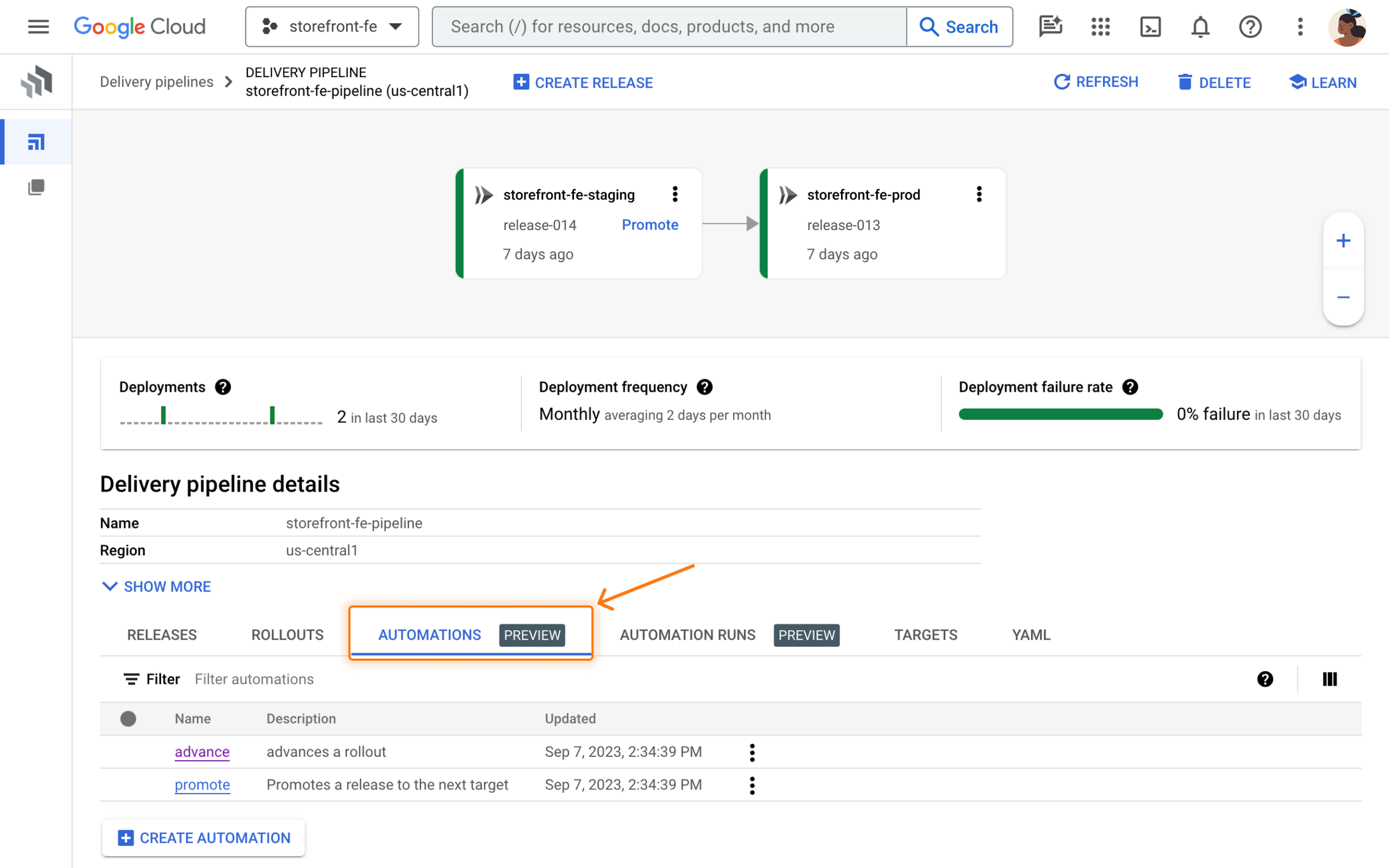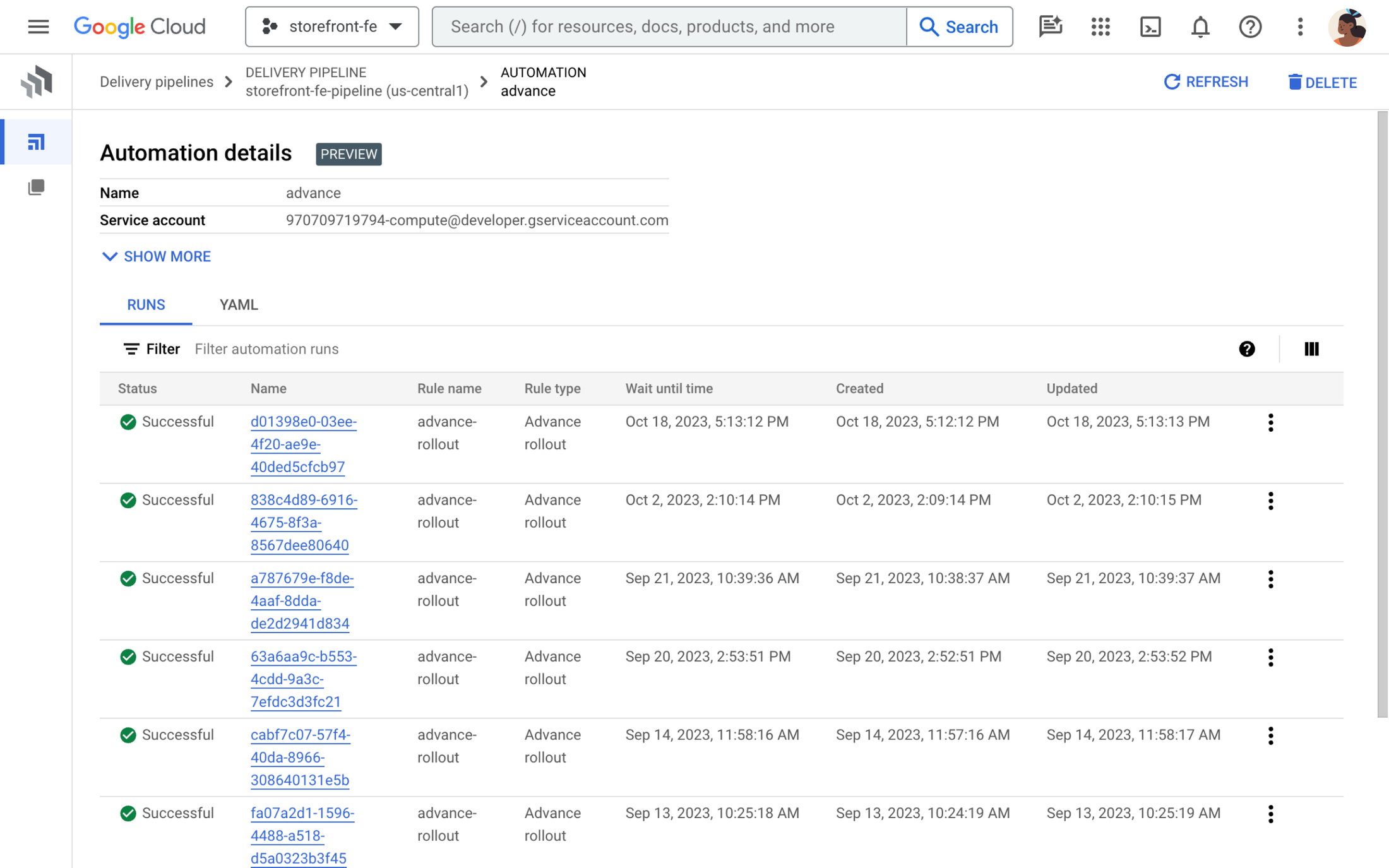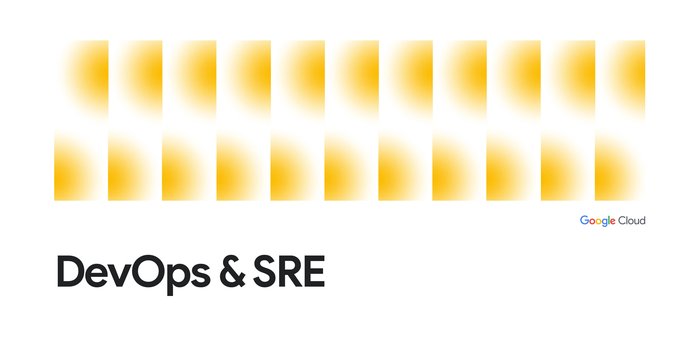Cloud Deploy adds pipeline automation and Cloud Run Jobs support

Chris Ge
Software Engineer
Angel Montero
Software Engineer
Editor’s note: This blog post was updated to reflect the general availability status of the automation feature as of March 11, 2024.
We’re excited to announce the latest update in Google Cloud’s portfolio of DevOps tools. Customers are already using Cloud Deploy for continuous delivery, enabling the definition and manual control of application delivery pipelines, facilitating canary deployments and verification, and more. With the introduction of delivery pipeline automation as generally available, Cloud Deploy now also supports continuous deployment, the end-to-end automation of continuous delivery. Now, you can automate promotions between targets, for example when an application release is successful in the development environment, and automatically promote it to the staging environment. You can automate canary advancement too, for example, when a 10% canary rollout succeeds, automatically advancing it to 50%. Pipeline automation builds on the Cloud Deploy vision to help you deliver faster, reliably, and more safely.
In addition to pipeline automation, Cloud Deploy now supports Cloud Run jobs. Cloud Run jobs are a great way to run management and automation scripts, batch data processing jobs, and other run-to-completion workloads. And with this update, you can now use Cloud Deploy to manage all of your Cloud Run deployments, for Services as well as Jobs, in a consistent way.
Pipeline automation
The first step towards application continuous delivery involves configuring a delivery pipeline. This is performed by specifying a process to gradually promote your application from a development environment to a staging environment, and finally to production. The manual orchestration of this movement is typically referred to as continuous delivery. When this process occurs automatically, such as automating promotion from development, to staging, and then to production after each successful environment rollout, it is known as continuous deployment.
With the introduction of pipeline automation, Cloud Deploy now supports continuous deployment. Discover the power of the two new automation rules introduced with this launch: promote-release and advance-rollout. Promote-release allows for the promotion of a release between targets, upon successful rollout. When a development environment deploy succeeds, you can automatically promote the application to a staging environment, for instance. Similarly, the advance-rollout rule enables you to automate advancement of a canary deployment between canary percentages as the canary rollout progresses successfully.


Automation resources for delivery pipeline
Every time an automation occurs, an automationRun resource is generated, providing awareness of what automation was run, when, and its result.


Automation details with listing of automation runs
Cloud Run jobs
With the addition of Cloud Deploy’s support for Cloud Run jobs, you can now manage code delivery to all your Cloud Run services and jobs in a consistent way. You can utilize many of Cloud Deploy’s continuous delivery capabilities, including progressions, approvals, and rollback. Follow the quickstart to get started.
The future
Comprehensive, easy-to-use, and cost-effective DevOps tools are key to building an efficient software delivery capability, and it’s our hope that Cloud Deploy will help you implement complete CI/CD pipelines. Stay tuned as we introduce exciting new capabilities and features to Cloud Deploy in the months to come.
Update your current pipelines with these new features today. Check out the product page, documentation, quickstarts, and tutorials. Finally, If you have feedback on Cloud Deploy, you can join the conversation. We look forward to hearing from you!



